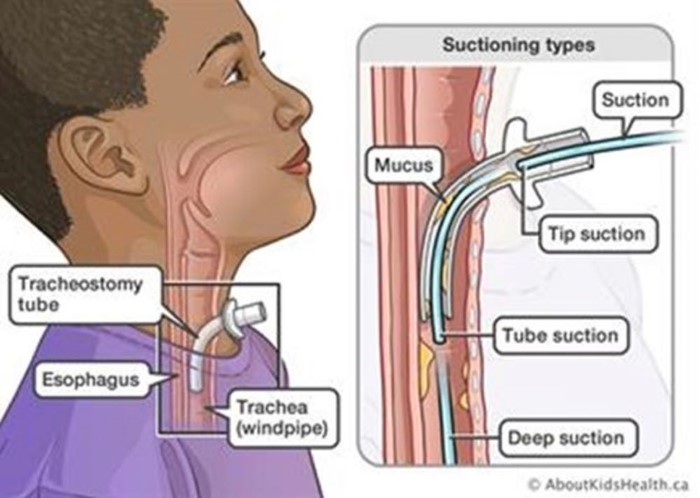A nurse is admitting a client who is 1 week postpartum and reports excessive vaginal bleeding. The nurse speaks a different language than the client. The client's partner and 10-year-old child are accompanying her. Which of the following actions should the nurse take to gather the client's admission data?
Allow the client's partner to translate.
Have the client's child translate.
Ask a nursing student who speaks the same language as the client to translate.
Request a female interpreter through the facility.
The Correct Answer is D
Choice A reason:
Allow the client's partner to translate. While the partner may be well-intentioned, using a family member or friend as an ad-hoc interpreter can compromise the confidentiality of the information and may not accurately convey the client's medical concerns.
Choice B reason:
Have the client's child translate. Relying on a child to translate sensitive medical information is inappropriate, as it may burden the child and may lead to potential misunderstandings or omissions in communication.
Choice C reason:
Ask a nursing student who speaks the same language as the client to translate. Although a nursing student who speaks the same language as the client may be able to assist, using a professional interpreter is the preferred option. Professional interpreters have specific training in medical terminology and communication, ensuring the most accurate and effective exchange of information.
Choice D reason:
Using a professional interpreter is essential in situations where the healthcare provider and the client do not speak the same language. It ensures accurate communication, maintains confidentiality, and prevents misunderstandings. In this scenario, the nurse should request an interpreter who is proficient in the client's language to assist with the admission process.
Nursing Test Bank
Naxlex Comprehensive Predictor Exams
Related Questions
Correct Answer is A
Explanation
- Seizure precautions are measures taken to protect a client who is at risk of having a seizure, which is a sudden and abnormal electrical activity in the brain that can cause changes in behavior, movement, sensation, or consciousness. Seizure precautions include providing a safe environment, monitoring the client's vital signs and neurological status, administering anticonvulsant medications, and documenting the onset, duration, and characteristics of any seizure activity.
- One of the potential complications of a seizure is aspiration, which is the inhalation of foreign material into the lungs, such as saliva, vomit, or food. Aspiration can cause choking, pneumonia, or respiratory distress. To prevent or treat aspiration, the practical nurse (PN) should ensure the ready availability of equipment to perform suctioning of the trachea, which is the tube that connects the mouth and nose to the lungs. Suctioning of the trachea involves inserting a catheter through the nose or mouth into the trachea and applying negative pressure to remove any secretions or debris from the airway.
- Therefore, option A is the correct answer, while options B, C, and D are incorrect.
Option B is incorrect because inserting a urinary catheter is not related to seizure precautions or aspiration prevention.
Option C is incorrect because applying soft restraints may not be necessary or appropriate for a client who requires seizure precautions, as they may interfere with the natural movements of the seizure or cause injury to the client.
Option D is incorrect because inserting a nasogastric tube is not related to seizure precautions or aspiration prevention.

Correct Answer is B
Explanation
A is incorrect because diarrhea is not an adverse effect of clonidine, but rather a symptom of other conditions such as infection, inflammation, or food intolerance.
B is correct because dry mouth is a common adverse effect of clonidine, which is an alpha-2 adrenergic agonist that reduces sympathetic nervous system activity.
C is incorrect because photophobia, or sensitivity to light, is not an adverse effect of clonidine, but rather a symptom of other conditions such as migraine, eye injury, or infection.
D is incorrect because bruising, or bleeding under the skin, is not an adverse effect of clonidine, but rather a symptom of other conditions such as coagulation disorders, vitamin deficiency, or trauma.
Whether you are a student looking to ace your exams or a practicing nurse seeking to enhance your expertise , our nursing education contents will empower you with the confidence and competence to make a difference in the lives of patients and become a respected leader in the healthcare field.
Visit Naxlex, invest in your future and unlock endless possibilities with our unparalleled nursing education contents today
Report Wrong Answer on the Current Question
Do you disagree with the answer? If yes, what is your expected answer? Explain.
Kindly be descriptive with the issue you are facing.
